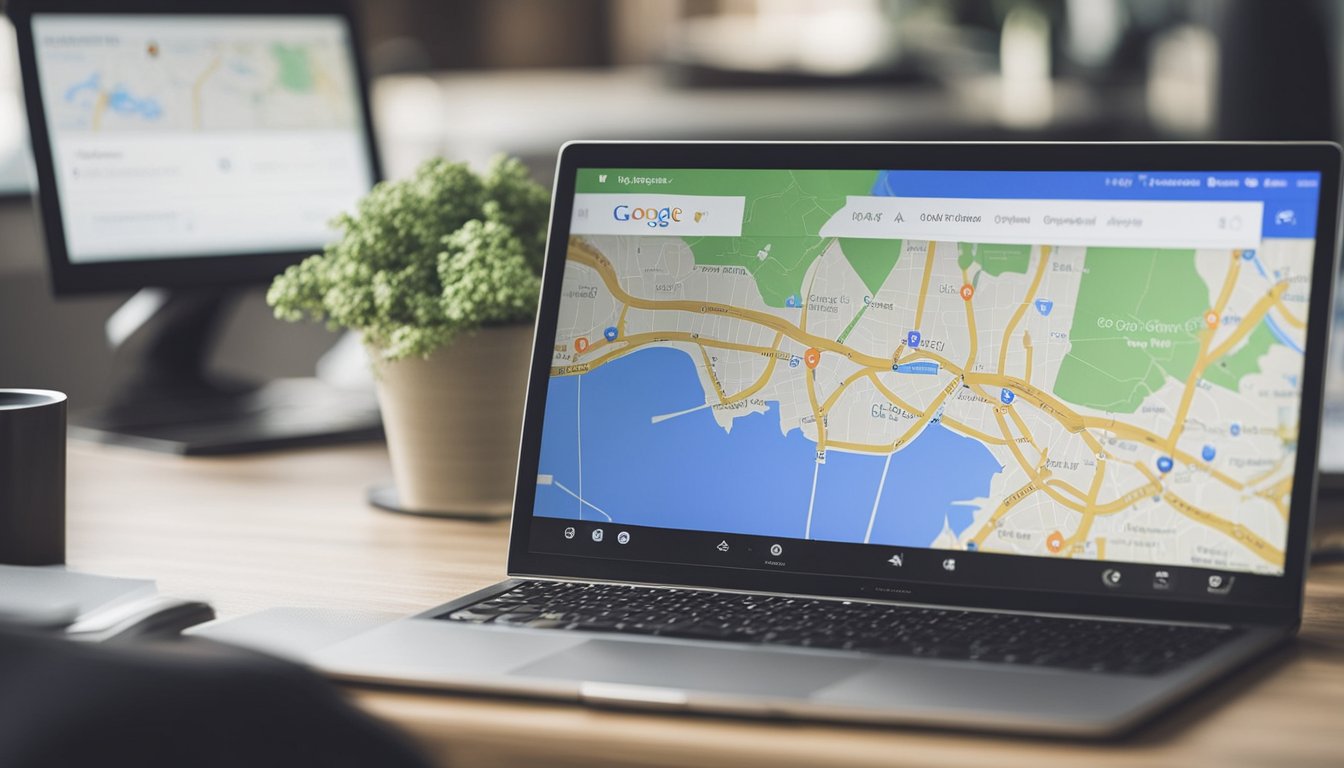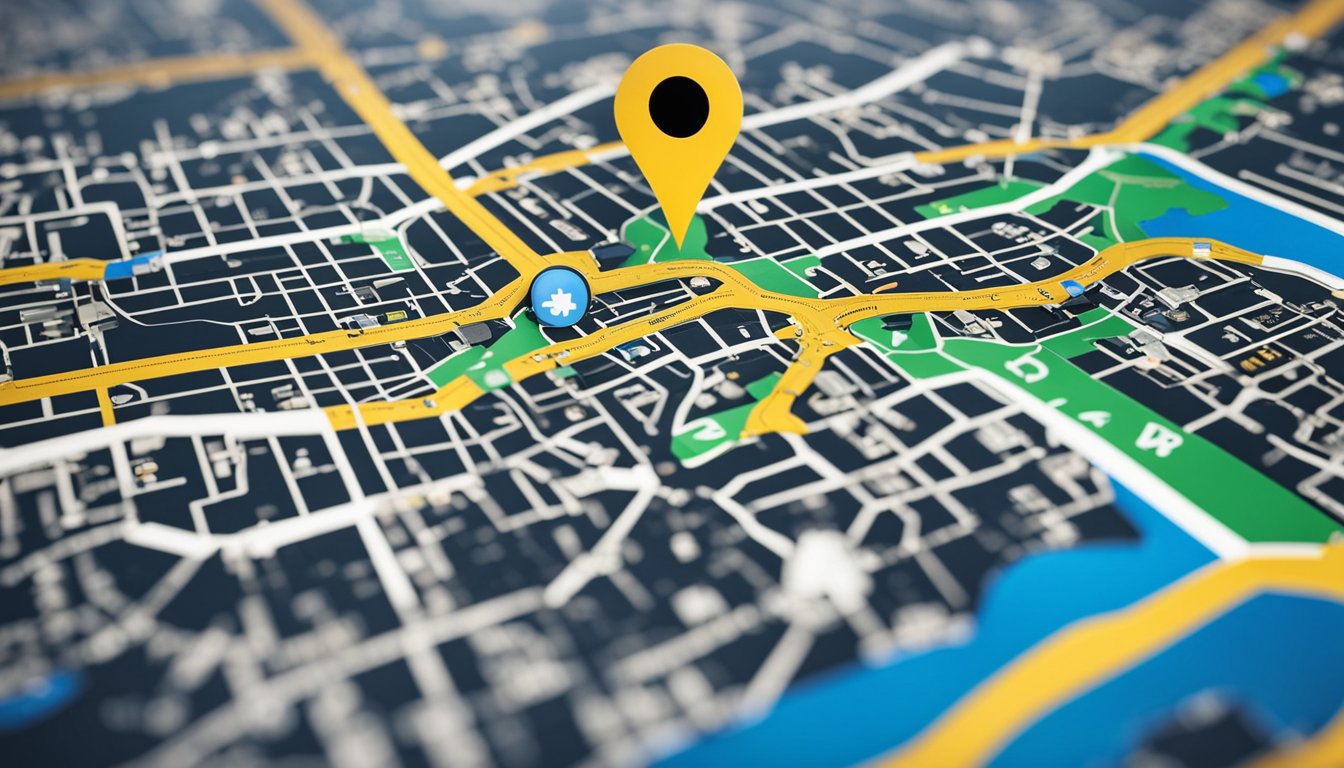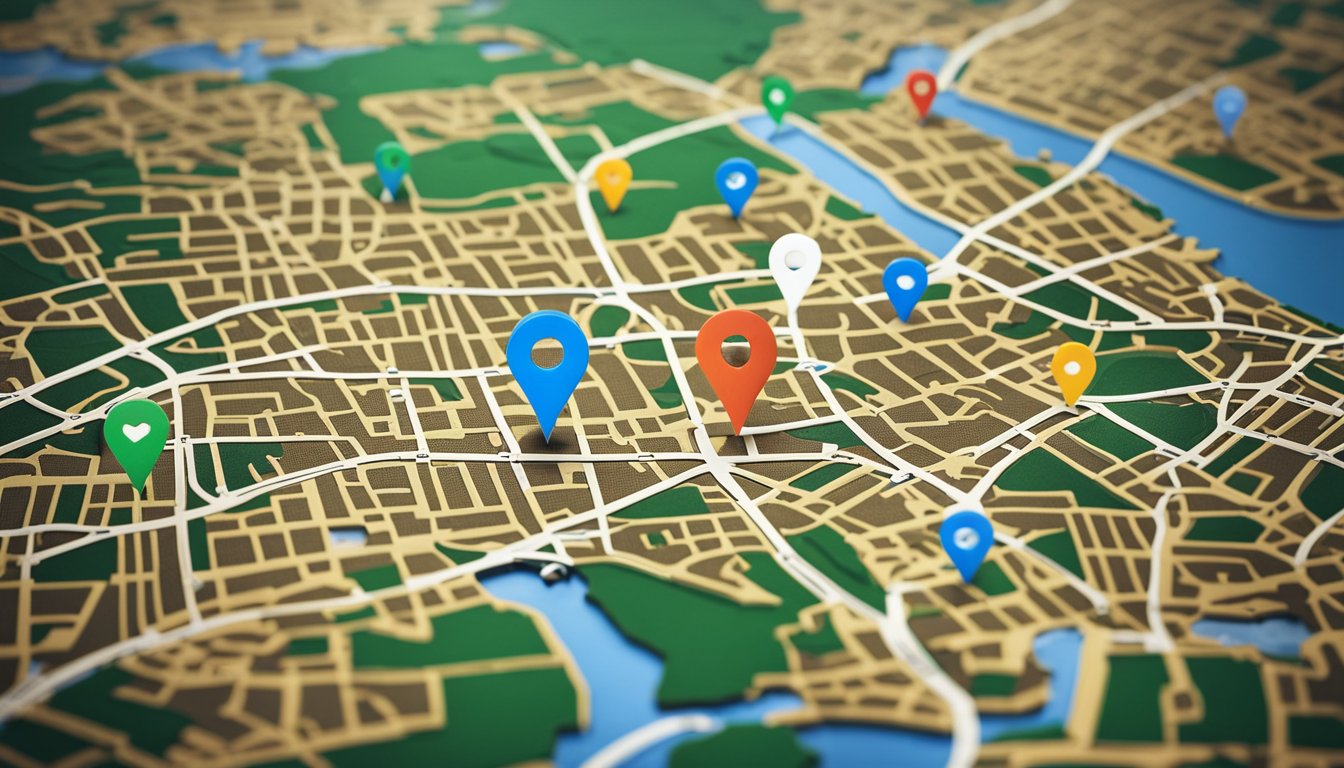
11 Tips to Use Google Maps APIs Efficiently A Comprehensive Guide
As a developer, I have been relying on Google Maps APIs for years to provide location-based services to my clients. However, since Google increased the price of their Maps APIs more than 10x since July 16, 2018, it has become more important than ever
As a developer, I have been relying on Google Maps APIs for years to provide location-based services to my clients. However, since Google increased the price of their Maps APIs more than 10x since July 16, 2018, it has become more important than ever to use these APIs efficiently. In this article, I will share 11 tips that will help you use Google Maps APIs efficiently and avoid getting charged a bomb.

First, it is important to understand Google Maps APIs and their pricing model. Google Maps APIs offer a wide range of features, from geocoding to routing and real-time traffic information. However, each of these features comes with a price tag, and it is important to understand how much you will be charged for each API call. By understanding the pricing model, you can avoid unexpected charges and optimize your usage of the APIs.
Efficient use of Google Maps APIs requires integration and coding that is optimized for performance. This means avoiding intensive operations in drawing and rendering, using markers instead of overlays, and sending user-interaction requests on demand. By following these tips, you can ensure that your application is fast, responsive, and efficient, while also minimizing your usage of Google Maps APIs.
Understanding Google Maps APIs

What Are Google Maps APIs?
Google Maps APIs are a set of APIs and SDKs that allow developers to integrate Google Maps into their applications. These APIs provide developers with access to a wide range of features, including geocoding, routing, and mapping. With Google Maps APIs, developers can create applications that provide users with real-time location data, directions, and other location-based information.
Importance of Google Maps APIs
The importance of Google Maps APIs cannot be overstated. They provide developers with access to a wealth of location-based data and functionality that can be used to create powerful and innovative applications. With Google Maps APIs, developers can create applications that provide users with real-time traffic updates, directions, and other location-based information.
In addition to providing developers with access to location-based data, Google Maps APIs also provide a range of tools and resources to help developers build and test their applications. These tools and resources include documentation, code samples, and support forums, which can be invaluable for developers who are new to using Google Maps APIs.
Overall, Google Maps APIs are an essential tool for developers who are looking to create location-based applications. They provide developers with access to a wide range of features and functionality, as well as the tools and resources they need to build and test their applications.
Efficient Use of Google Maps APIs

As a developer, I have found that efficient use of Google Maps APIs is key to delivering high-quality applications. Here are some tips and best practices that I have found useful when working with Google Maps APIs.
Optimizing Billing and Usage
It is important to create a separate billing account for each project and enable billing on it. This will help you isolate billing and API usage per application quickly. By doing this, you can also make reporting easy for your clients. Additionally, you should keep an eye on your usage and set usage limits to prevent unexpected charges.
Leveraging Location Data and Navigation
Google Maps APIs provide a wealth of location data and navigation features that can be leveraged in your application. The Directions API can be used to calculate directions between two points, while the Distance Matrix API can be used to calculate the distance and travel time between multiple points. The Places API can be used to search for places, such as restaurants or gas stations, and the Geocoding API can be used to convert addresses into geographic coordinates.
Maximizing Use Cases
To maximize the use cases of Google Maps APIs, you should consider the different features of each API and how they can be used together. For example, you can use the Places API to search for nearby places and then use the Directions API to calculate directions to the selected place. You can also use the Street View Static API to display a street view image of a location.
In conclusion, efficient use of Google Maps APIs can help you deliver high-quality applications. By optimizing billing and usage, leveraging location data and navigation, and maximizing use cases, you can create applications that provide a great user experience.
Integration and Coding with Google Maps APIs

As a developer, integrating Google Maps APIs into your projects can be a powerful tool to enhance your application's functionality. However, it's essential to ensure that you're using the APIs efficiently to get the most out of them. In this section, I will cover some best practices for integrating and coding with Google Maps APIs.
Android and iOS Integration
Integrating Google Maps APIs into Android and iOS applications is a straightforward process. The Maps SDK for Android and iOS provides a simple way to add maps to your application. You can use the SDK to display maps, draw markers, and add interactivity to your maps.
To integrate Google Maps into your Android or iOS application, you need to follow these steps:
- Create a project in the Google Cloud Console.
- Enable the Maps SDK for Android or iOS.
- Obtain an API key.
- Add the Maps SDK to your project.
- Use the Maps SDK to display maps and add interactivity.
Coding Practices with Java and JavaScript
When coding with Java and JavaScript, it's essential to follow best practices to ensure that your code is efficient and easy to maintain. Here are some tips for coding with Java and JavaScript:
- Use the latest version of the Maps APIs.
- Use asynchronous loading to improve performance.
- Use the Google Maps Platform client libraries to simplify your code.
- Use the Maps JavaScript API to display maps and add interactivity.
- Use the Places API to add location-based features to your application.
Firebase and HTTPS Integration
If you're using Firebase to host your application, you can integrate Google Maps APIs by enabling HTTPS. HTTPS is a secure protocol that encrypts data sent between your application and the server.
To enable HTTPS, you need to follow these steps:
- Create a project in the Google Cloud Console.
- Enable the Maps JavaScript API and Places API.
- Obtain an API key.
- Enable billing for your project.
- Use HTTPS to access the Maps APIs.
In conclusion, integrating and coding with Google Maps APIs can be a powerful tool to enhance your application's functionality. By following best practices and using the latest version of the APIs, you can ensure that your code is efficient and easy to maintain.
Exploring Additional Features

As I continue to use Google Maps APIs, I've discovered additional features that can be quite useful. In this section, I will cover three of them: Using Street View Imagery, Managing Alerts and Notifications, and Zooming and Photos.
Using Street View Imagery
One of the most interesting features of Google Maps is Street View. Street View allows you to see a 360-degree view of a location, as if you were standing right there. You can use Street View to explore a neighborhood, check out a hotel before you book it, or even preview a hiking trail before you go.
To use Street View in your application, you can use the Google Maps JavaScript API. You can add a Street View panorama to your map by creating a StreetViewPanorama object and passing it to the setStreetView method of the Map object. You can also customize the appearance of the Street View panorama by using the StreetViewPanoramaOptions object.
Managing Alerts and Notifications
Google Maps APIs provide various types of alerts and notifications that can be useful for your application. For example, you can use the DirectionsService to get directions between two points, and then use the DirectionsRenderer to display the route on the map. The DirectionsRenderer can also display alerts and notifications, such as turn-by-turn directions and distance.
Another useful type of notification is the Geolocation API. This API allows you to get the user's current location, which can be useful for providing location-based services. You can also use the Geocoder API to convert addresses into geographic coordinates, or vice versa.
Zooming and Photos
Google Maps APIs provide several ways to zoom in and out of a map. You can use the setZoom method to set the zoom level of the map, or you can use the setCenter method to center the map on a specific location. You can also use the setBounds method to set the visible area of the map.
In addition to zooming, Google Maps APIs also provide several ways to add photos to your map. You can use the Marker object to add a custom icon to the map, or you can use the InfoWindow object to display a popup with additional information. You can also use the StreetViewPanorama object to add Street View imagery to your map.
Overall, Google Maps APIs provide a wide range of features that can be useful for your application. By exploring additional features like Street View, alerts and notifications, and zooming and photos, you can create a more engaging and interactive experience for your users.
Frequently Asked Questions

What are the free usage limits for Google Maps API?
Google Maps API offers a free tier that allows developers to make a certain number of requests per day without incurring any charges. As of November 2023, the free tier allows for 100,000 requests per month for Maps JavaScript API, Maps Static API, and Street View Static API, and 28,000 requests per month for Maps Embed API and Maps URLs.
What are the pricing options for Google Maps API?
If you need more requests than the free tier offers, you can choose from various pricing options that suit your needs. Google Maps API pricing is based on the number of requests made per month, and the type of API being used. The pricing starts at $0.50 per 1,000 requests for Maps JavaScript API, Maps Static API, and Street View Static API, and $2.00 per 1,000 requests for Maps Embed API and Maps URLs.
How can I optimize the performance of my Google Maps API?
To optimize the performance of your Google Maps API, you can follow some best practices such as using the latest version of the API, minimizing the number of requests made, using compressed responses, and caching responses. Additionally, you can use the API usage reports to identify performance bottlenecks and optimize your usage.
What are the benefits of using Google Maps API?
Google Maps API offers a range of benefits such as providing accurate location data, customizable maps, and various APIs to suit different needs. It also offers a free tier for developers to experiment and test their applications before going live. Moreover, Google Maps API is widely used and has a large community of developers who can help you with any issues or questions you may have.
How do I obtain a Google Maps API key?
To obtain a Google Maps API key, you need to sign up for a Google Cloud account and enable the Google Maps Platform API. Once you have enabled the API, you can generate an API key and use it in your application. You can find detailed instructions on how to obtain an API key in the Google Maps Platform FAQ.
Is commercial use of Google Maps API allowed?
Yes, commercial use of Google Maps API is allowed. However, if you are using the API for commercial purposes, you need to choose a pricing plan that suits your needs. You can find more information on pricing options for commercial use in the Google Maps Platform FAQ.



